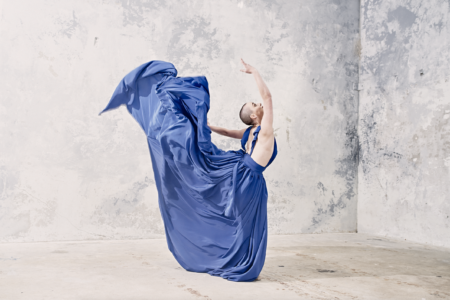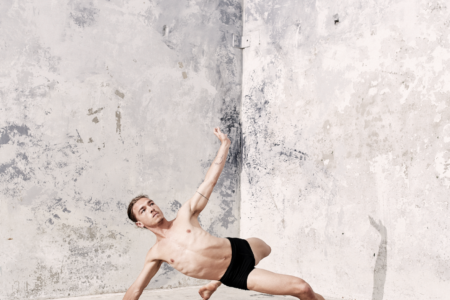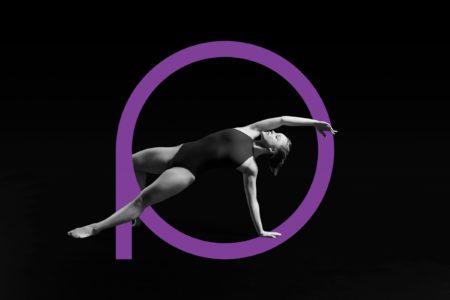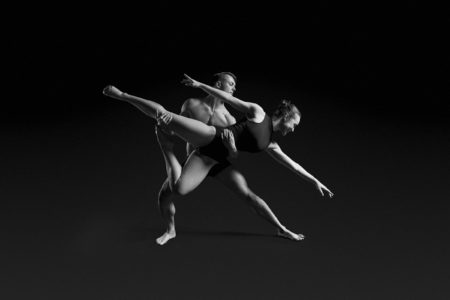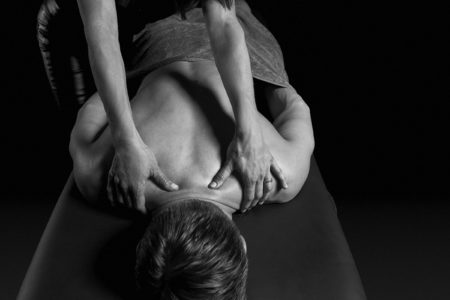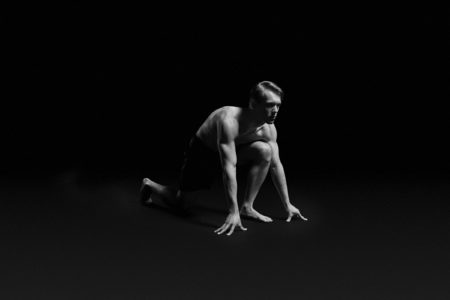Suite 3, Ground Floor, The Gateway,
312 St Kilda Road, Southbank, VIC, 3006
Pilates: The What and the Why

Pilates is a form of exercise developed by Joseph Pilates during the first half of the 20th century.
As a child he was riddled with ailments and diseases, which in turn motivated him to design a system of exercises intended to strengthen the human mind and body.
Pilates believed that mental and physical health are interrelated; a principle that modern day healthcare practitioners still abide by sometimes referred to as the biopsychosocial approach.
The Pilates method focuses on posture, core stability, balance, control, strength, flexibility, and breathing. In its purest form, Pilates focused on global muscle recruitment and end of range positions and was designed predominantly for dancers and gymnasts. Today, the originally strict workout has been changed to allow its use for not only fitness and wellbeing but also as a rehabilitative tool by health professionals.
There has been an evolution of two main Pilates categories – gym-based and clinical.
Gym-based Pilates hosts a larger number of participants, where everyone does the same exercises during the class.
Clinical Pilates is a small group (usually a maximum of 4 participants). It provides each participant with an individualised programme of exercises specific to his/her needs. It is generally taught by physiotherapists and is the type of Pilates run at Performance Medicine.
Clinical Pilates is one of the best ways to rehabilitate an injury, improve overall fitness and prevent future injuries. It is suitable for any age, gender or fitness ability because of its highly individualised nature. In order to best tailor a programme for you, your physiotherapist will assess your body’s abilities and use a real time ultrasound machine to show you how to activate your muscles appropriately. Importantly, your programme will be progressive and goal-based.


